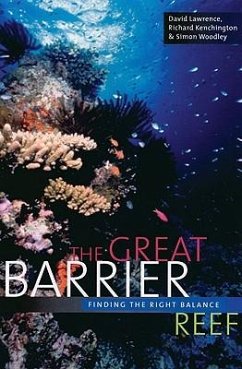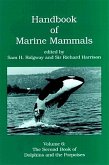The Great Barrier Reef is well known as a World Heritage area, an icon of natural wonders and a tourist drawcard, but the management techniques protecting it are not well understood. The Great Barrier Reef Marine Park is unique in size, in structure, and in operations. It is the world's largest marine park, and the first marine-based World Heritage area. Despite its national and international importance as a model of multiple-use of marine resources, there has been little analysis of the management of the Great Barrier Reef. Changing issues challenge the policies for managing this dynamic, diverse and fragile environment. The integrated management of coastal areas is vital if the Reef is to sustain itself.
The concept of integrated coastal area management as it relates to tourism growth, industrial development, native title claims, expansion of the fishing and sugarcane farming industries, and the decline in water quality in coastal marine environments due to catchment changes is becoming increasingly important--socially, economically, and politically. This study explores these issues and others in the context of the early development of the Great Barrier Reef Marine Park in 1975 and the Great Barrier Reef World Heritage Area in 1981, including the evolution of the current management system from a terrestrial, spatial, area-based management model to an ecosystem, bioregional model.
The concept of integrated coastal area management as it relates to tourism growth, industrial development, native title claims, expansion of the fishing and sugarcane farming industries, and the decline in water quality in coastal marine environments due to catchment changes is becoming increasingly important--socially, economically, and politically. This study explores these issues and others in the context of the early development of the Great Barrier Reef Marine Park in 1975 and the Great Barrier Reef World Heritage Area in 1981, including the evolution of the current management system from a terrestrial, spatial, area-based management model to an ecosystem, bioregional model.








